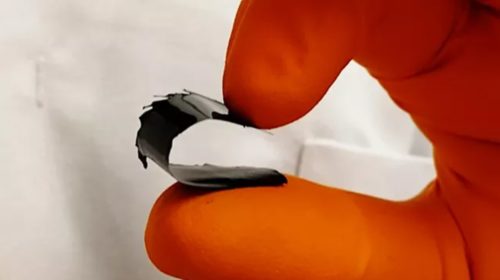Researchers in Sweden have developed an ink coating that can transform low-grade heat emitted by electronics into electrical power.

Thermoelectricity is the direct conversion of heat to electricity, and it is feasible to capture the heat generated by a device and convert it to power that can be used by the same or another device. Researchers from Stockholm’s KTH Royal Institute of Technology have created a potential thermoelectric coating for devices that generate heat of less than 100 degrees Celsius – Their findings were published in the American Chemical Society’s journal Applied Materials and Interfaces.
When one end of a thermoelectric material is heated up, charge carriers (electrons and holes) travel away from the hot end and towards the cold end, resulting in an electric current. The management of heat conductivity and resistance with materials that can be applied to a vast area without losing their performance over time is a big challenge.
According to Muhammet Toprak, a professor of materials chemistry at KTH, his team’s research concentrated on the design and development of hybrid thermoelectric materials for room-temperature operations, which combine solid state semiconductors with flexible materials like polymers to create inks. Toprak claims that the coating may be used to generate electricity on any surface that distributes heat. In addition, the research advances our understanding of the capabilities and limitations of materials employed in hybrid thermoelectric material design.
“These results open a new low-cost and sustainable way of producing and implementing thermoelectric coatings on a large scale,” Toprak said. “In the short term, this is expected to make an impact for IoT and other low power applications. It could replace batteries by being integrated as a coating in the form of wearable electronics.
“In the long run, with the use of more sustainable inorganic thermoelectric materials compositions and sustainable biopolymers, such as cellulose and lignocellulose (or plant matter), the use of this technology on large areas will impact the adaptation of thermoelectric technology for efficient heat-to-power energy harvesting, as a complementary means to green transition.”






